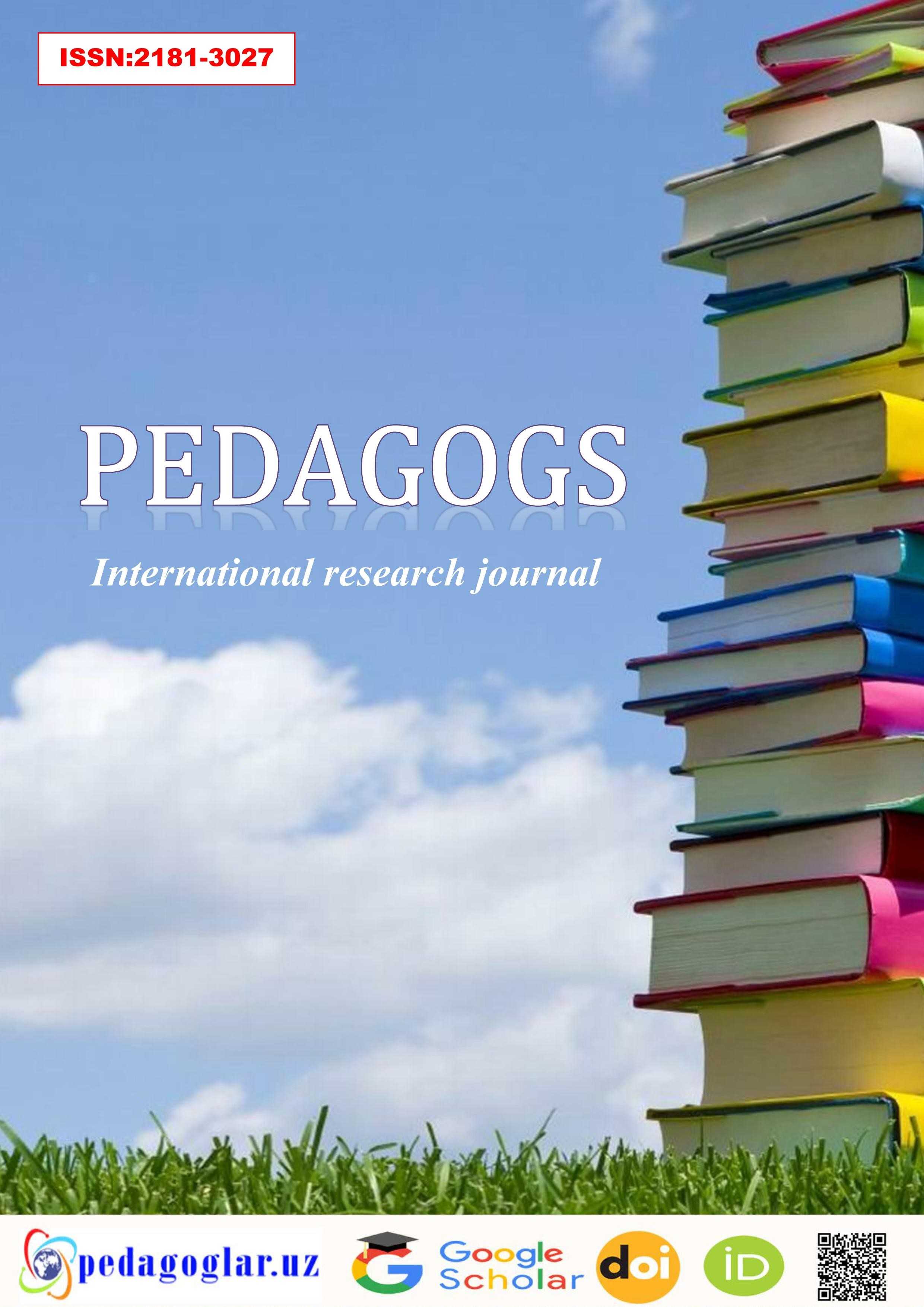FOSTERING CRITICAL THINKING IN ENGLISH CLASSES FOR YOUNG
##semicolon##
Key words: Critical thinking, English language learning, young learners, problem-solving, storytelling, debates, role-playing, classroom strategies.Abstrak
Abstract: This article explores effective strategies to integrate critical thinking into English language lessons for young learners, highlighting methods such as problem-solving activities, debates, storytelling, and role-playing that encourage deeper learning and reflective thinking.
##submission.citations##
Bloom, B. S. (1956). Taxonomy of Educational Objectives: The Classification of Educational Goals. Longman.
Paul, R., & Elder, L. (2008). Critical Thinking: Tools for Taking Charge of Your Learning and Your Life. Pearson Education.
Scriven, M., & Paul, R. (1987). Critical Thinking as Defined by the National Council for Excellence in Critical Thinking.
Lau, J. (2011). An Introduction to Critical Thinking and Creativity: Think More, Think Better. Wiley.
This resource offers practical ways to incorporate critical thinking into education, with examples that can be adapted for language learning.
Facione, P. A. (2011). Critical Thinking: What It Is and Why It Counts.
Available at: Insight Assessment
Facione’s work explains the importance of critical thinking and provides practical ways to foster these skills in the classroom.
Shin, J. K., & Crandall, J. (2014). Teaching Young Learners English: From Theory to Practice. National Geographic Learning.
This book explores effective methods for teaching English to young learners and discusses how to incorporate critical thinking skills into lesson.




